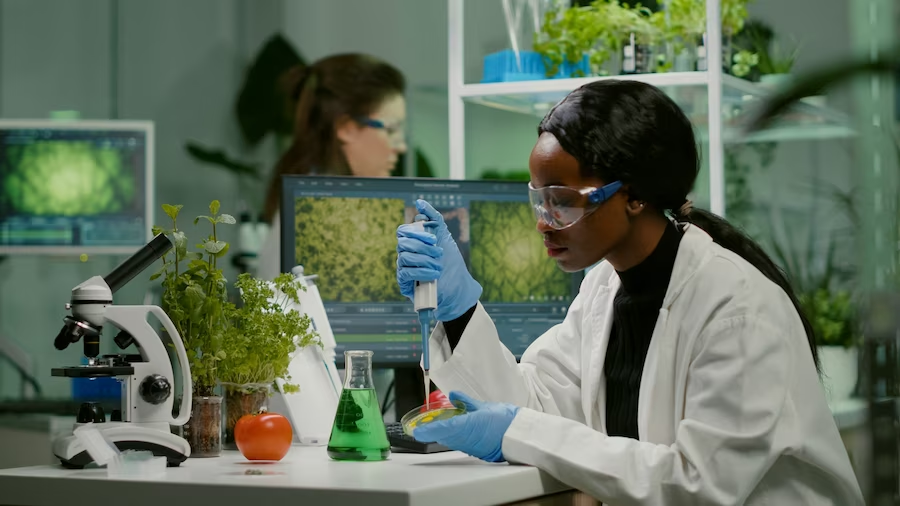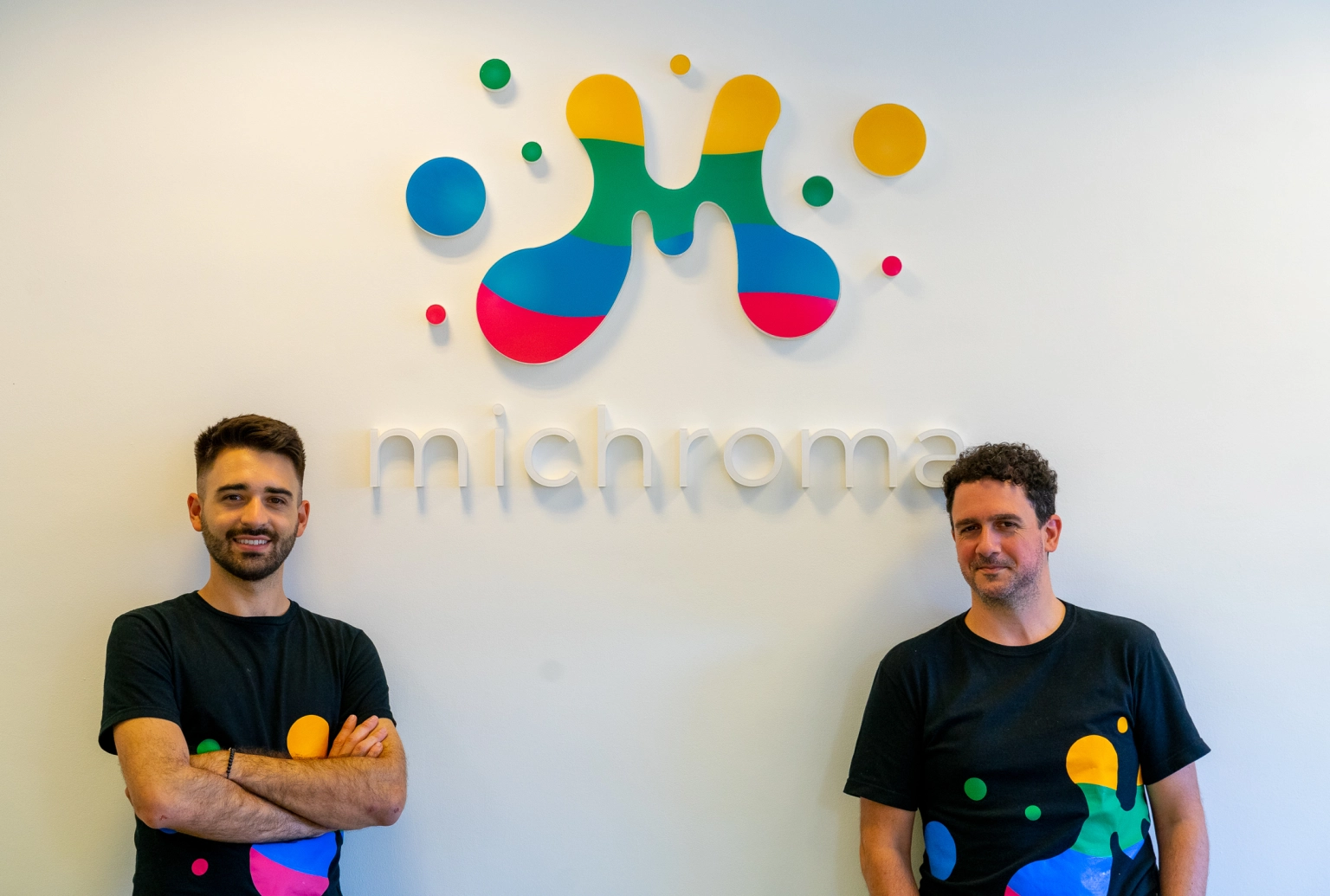Food colorings, such as Red 40 and Yellow 5, often use synthetic, petroleum, or animal-derived components. However, in recent years, the $2.6 billion food colors business has shifted toward the use of natural ingredients, as more customers seek items with cleaner labeling.
There have been new approaches to healthier food coloring, ingredients, and flavors developed by startups. Several companies, such as Vanilla Vida, Spero Renewables, and Pigmentum, are developing vanilla. Brightseed and Equinom are generating chemicals and proteins to provide healthier food ingredients, while Motif FoodWorks is developing a beef flavor alternative.

Also, read: Google Fi says hackers accessed customers’ information
Similarly, Michroma is developing a revolutionary technology for food colorings and flavorings that employs precise fermentation to scale fungal food colors.
Ricky Cassini and Mauricio Braia, both from Argentina, co-founded the ingredient biotechnology startup Michroma in 2019 after meeting at an accelerator program and relocating to San Francisco to develop the company’s technology.
Braia’s experience is in developing technology for the food business, with a focus on manufacturing enzymes utilizing filamentous fungi. However, rather than continue with enzymes, he desired to try something else.
The chief scientific officer of the company, Braia, began cultivating fungal strains in soil media and observed a red hue. Using this knowledge, he developed a novel approach for building fungal “biofactories” that create tiny compounds, such as pigments, more effectively.
He continued, “I thought that this could be a great opportunity to produce natural colorants with a technology that allowed for high efficiency and low costs,” he added. “We turned that idea into a project that evolved into Michroma.”
The company began with an alternative to Red 40 as a colorant. CEO Cassini said that other ways for obtaining similar hue, such as beet root or insects, perform poorly when tested for temperature and pH stability in meals.
Cassini stated that the company’s initial product, Red+, is stable throughout a wide pH range and resistant to high temperatures. This means that the colors are able to remain viable during the pasteurization, cooking, and extrusion procedures, which he stated were the most intense operations for natural dyes. In addition to traditional food usage, he stated that Red+ can also be used to color farmed meat.
The idea is to manufacture additional hues, beginning with warm hues such as orange and yellow before moving on to cooler hues such as blue and white.
The company has prototyped Red+ with some significant food companies and is currently in distribution negotiations with suppliers. It will also submit a petition to the U.S. Food and Drug Administration and the European Food Safety Authority in order to scale the product. In addition, Cassini stated that Michroma will produce plant-based flavorings that will be sold alongside the colorings.
Supply Change Capital, the venture capital arm of General Mills, led a $6.4 million seed financing round for the startup. This totals $7,400,000 in venture money for the company.
Existing investors SOSV’s IndieBio and GRIDX, as well as a group of new investors, including Be8 Ventures, CJ CheilJedang, Fen Ventures, Boro Capital, The Mills Fabrica, Portfolia’s Food & AgTech Fund, New Luna Ventures, Siddhi Capital, Groundswell Ventures, and Hack Capital, have joined Supply Change in this round. Angel investors include Allen Miner, Jun Ueki, and Steve Zurcher from the Keiretsu Japan Forum, as well as Guillermo Rosenthal, Franco Goyti, Pablo Pla, and Mat Travizano.
The extra cash will be used to increase the size of the Michroma team from 15 to 35 members during the next two years.
Cassini anticipates that the regulatory procedure will take a minimum of two years and is examining ways to earn revenue in the interim. Singapore, for instance, has previously permitted the consumption of meat grown in a lab.
“Red+ is our MVP for the whole platform, but we want to provide complete solutions for companies that don’t want only red,” Cassini added.


















